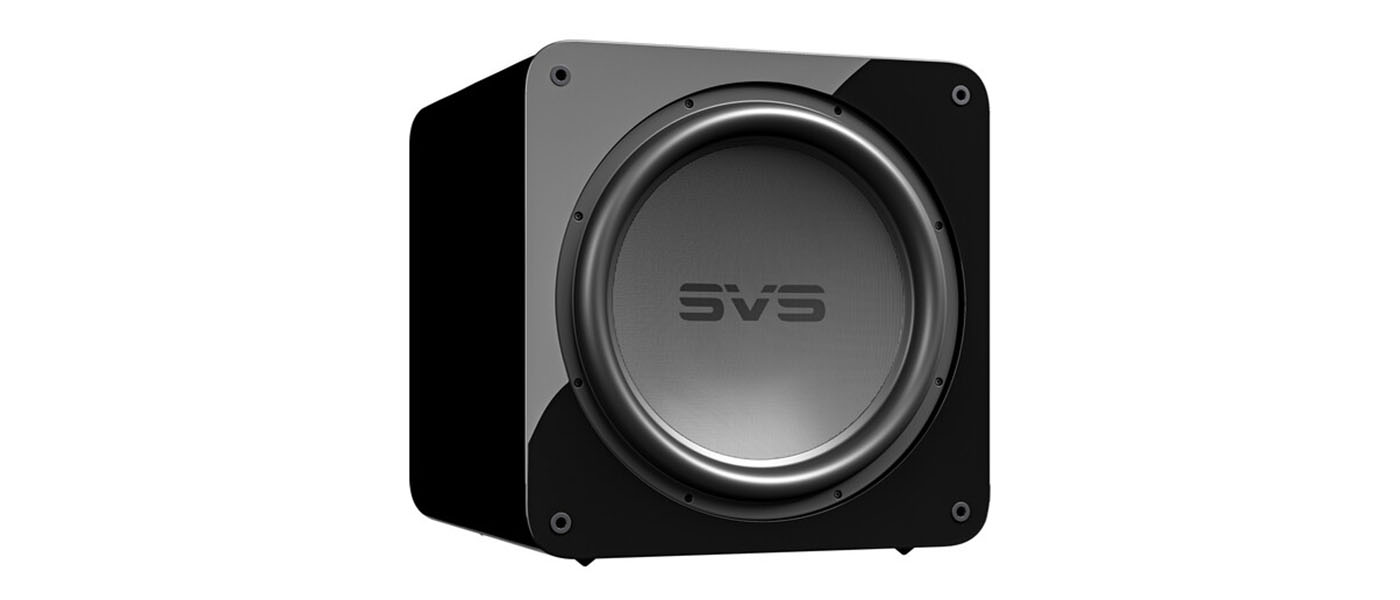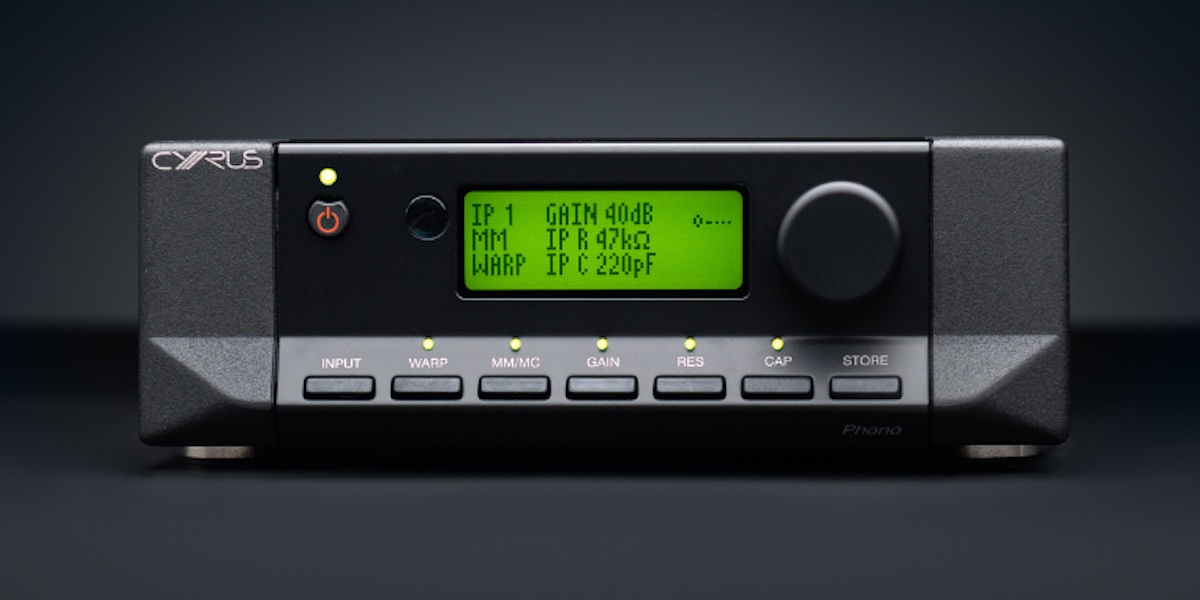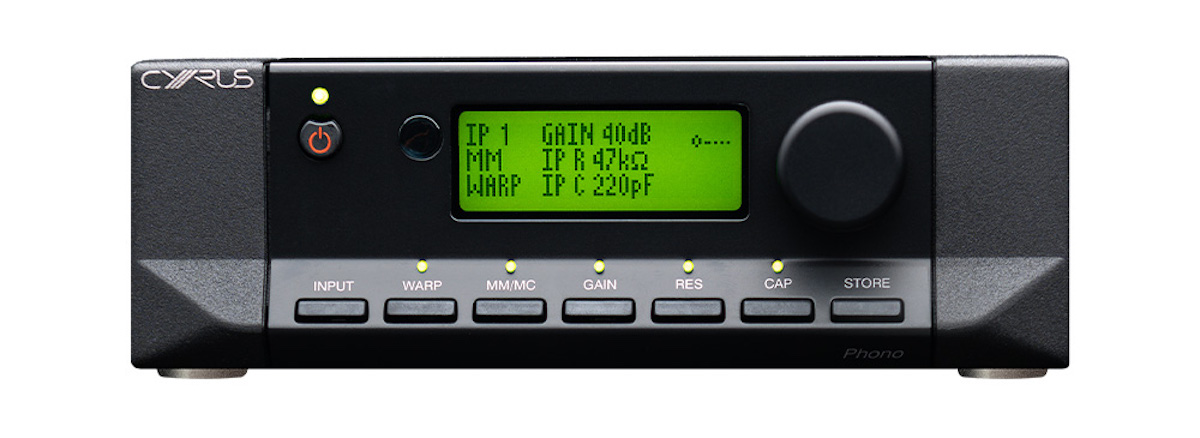Cyrus Audio has been in business for forty years, and they have established a strong presence in the audio marketplace with their unique design concepts and thoughtful innovation. I found the Classic PHONO preamplifier very transparent and extremely easy to use and configure for virtually any cartridge.
Cyrus Audio Classic PHONO Preamplifier
- Very easy to set configurations for four separate MC or MM cartridges.
- Easy-to-read LCD window that displays cartridge configuration information.
- Easy-to-use remote control.
- Can take input from four cartridges.
- Relatively small size compared to most phono preamplifiers.
- Has an upgrade port for the Cyrus Audio PSX-R2 power supply for improved performance.
Cyrus Audio is based in Cambridgeshire, England, and they are celebrating 40 years of business. In 1984 they launched their first amplifier, the Cyrus One, and have been selling a wide range of components such as integrated amplifiers, CD players, digital streamers, power amplifiers, and power supplies ever since.
The original Cyrus Audio Phono Signature preamplifier was launched in 2016, and eight years later they announced an update and called it the Classic PHONO. The research and development team at Cyrus Audio spent a year re-examining all areas of the Phono Signature and made updates and improvements where possible. In particular, the Classic PHONO preamplifier’s baseplate was updated to provide improved mechanical isolation and greater immunity to external electrical interference. So how does it sound?
PRODUCT FEATURES:
Choice of balanced or unbalanced audio outputs.
Each input is compatible with MC and MM cartridges.
Front panel adjustment of gain, resistance, and capacitance loading for each input configured for MC use.
Ground lift switch to help eliminate ground hum problems.
Interactive display with peak hold bar graph to assist in setting MC gain.
MC-BUS connection for system integration with other Cyrus components.
PSX-R2 PSU upgrade port.
Remote control of all features.
Switchable inputs for up to four turntables.
Warp filter to reduce bass unit excursion on warped records.
AUDIO PERFORMANCE:
Output voltage: 9V
RIAA filter accuracy: ±0.5db
AUDIO PERFORMANCE MOVING MAGNET:
Input Sensitivity: 4mV
Input Impedance: 47kΩ setting = 47kΩ
THD (for 400mV output): 0.001%
S/N ratio: -87dbA
Channel separation: -90db
AUDIO PERFORMANCE MOVING COIL:
Input sensitivity (MC): 120μV – 4mV
Input Impedance: 11Ω setting = 11Ω
16Ω setting = 16Ω
33Ω setting = 33Ω
47Ω setting = 47Ω
100Ω setting = 104Ω
150Ω setting = 150Ω
333Ω setting = 335Ω
500Ω setting = 505Ω
1kΩ setting = 979Ω
47kΩ setting = 47kΩ
THD (for 400mV output): 0.0018%
S/N ratio (60dB gain): -79dbA
Channel separation (1kHz): -95db
MATERIAL:
Die-cast aluminum chassis
POWER SUPPLY:
Voltage: 220 to 230V, 50/60Hz, 15W
POWER CONSUMPTION:
Standby: <0.5W
Maximum: 15W
Safety compliance: CE
EMC (230V): CE
EMC (115V): FCC
DIMENSIONS:
Height: 2.9” (75mm)
Width: 8.46” (215mm)
Depth: 14.2 inches (360mm)
Weight:
9lbs (4kg)
Warranty:
Three years, parts and labor
MSRP:
$2,395.00
PRODUCT FEATURES:
Intelligent self-set-up
Highly regulated 300VA transformer
DIMENSIONS:
Height: 2.9 inches (73mm)
Width: 8.5 inches (215mm)
Depth: 14.2 inches (360mm)
WEIGHT:
15lbs (7kg)
WARRANTY:
Three years, parts and labor
MSRP:
$1,300.00
Website:
Company:
SECRETS Tags:
Turntable, phono stage, preamplifier, Cyrus Audio, MC, MM, power supply, reviews 2024, turntable reviews 2024, PSX-R2, PSU
Secrets Sponsor
It may not look very big, but this is a solid and heavy component. Like the Cyrus Audio TTP Turntable, its mass and weight gave me the impression that it would deliver a lot for what you pay for it, and it did. It adheres to Cyrus Audio’s design language of half-width components finished in attractive matte black finishes, with angular accents that catch the light and make the component look bigger than it is.
On the face is a green LCD window, which displays the input selected, whether it’s MC or MM, if the Warp feature is turned on, and the capacitance, gain, and resistance settings. There is a level meter to the right of the LCD display. You get all of the information you need in a single glance.
To the right of the LCD window is the selection knob. Lower on its face are the selection buttons for INPUT, WARP, MM/MC, GAIN, RES, CAP, and STORE. They’re arranged in an intuitive order for how you’d configure the unit for a new cartridge: first, you select which INPUT the cartridge’s cables are attached to. Second, you decide whether or not you want the WARP function turned on. Third, you select whether the cartridge is MC or MM with the GAIN switch. Then you set the resistance RES and capacitance CAP for the cartridge. And finally, you press the STORE button to store the custom configuration for that particular cartridge on that particular INPUT.
The Warp filter is meant to “maximize amplifier performance,” according to Cyrus Audio’s documentation. In effect this filter will reduce bass excursion on warped records, though, in my time with the preamp I saw no need to use it.
A green LED light above each button indicates that you have selected it. That light changes to amber when you’ve modified the button’s default settings.
The selection knob and buttons have a very solid feel to them. Under the hood, you’ll find metalized polyester capacitors, a low-noise DC power circuit, and a sizeable power transformer. The brain of the unit is a microprocessor on the circuit board which saves your settings. This microprocessor is attached to input switching circuitry to enable you to use four sets of settings even though there is only one actual phono stage circuit in the unit. Very clever design right there.
The available gain settings are the ones you’d expect: 40, 50, 60, and 70db. Impedance options are 11Ω, 16Ω, 33Ω, 47Ω, 100Ω, 150Ω, 333Ω, 500Ω, 1kΩ, and 47kΩ. And finally, the capacitance options are 220pF, 1nF, 2nF, 3nF. It’s worth noting that the capacitance and impedance values can be set independently of each other. All of this gives you unlimited variability for what I believe is an unlimited selection of phono cartridges.
There are four inputs in the back of the Classic PHONO preamplifier, and they are all RCA. Those inputs can’t be XLR due to the size of the unit, but there are both RCA and XLR outputs, although the unit is not truly balanced. And below each input is a ground terminal. So, you can have up to four tonearms attached at once, which is more than enough expandability than I could ever need. But all of the terminals are very close together; there’s only so much real estate available on the back of a unit that’s only nine inches wide. Because of this, you should keep in mind that you may have trouble with connections if your RCA interconnects have big terminals.
Finally, there is an IEC connection for a power cord, and a five-pin male DIN port for an optional PSX-R2 PSU, which is offered as an upgrade. More on that later.
My system for this review included the Amped America AAP-1 preamplifier and 2400 amplifier and the speakers were the Polk Audio Legend L600 floor standers. The turntable I used was the Cyrus Audio TTP Turntable I reviewed previously.
The first cartridge I listened to was a Zu Audio Denon DL-103R. This is a low-output moving-coil cartridge with a 0.02mm conical solid diamond stylus tip on a tapered hardened aluminum-magnesium cantilever. Its output voltage is .25mV and it sells for $700.
The second cartridge was the Audio-Technica VM760SLC cartridge that Carlo Lo Raso reviewed. This is a moving- magnet cartridge with a 1.5 x 0.28 mil Nude Special Line Contact Diamond tip mounted on a tapered aluminum cantilever. Its output is 4mV and it sells for $649.
And the third cartridge is a cheap and cheerful Audio Technica VM610 mono. This is a high-output moving-magnet cartridge with a 0.6mil conical stylus on an aluminum cantilever. Its output voltage is 3.0mV and it sells for $140.
The phono preamp I own and listen to daily is the Austin Audio Works Black Swan . This preamp delivers very good analog sound for its $1,645 price tag, and you can also attach three cartridges to this preamp and adjust settings on the fly. But that’s about where its similarity to the Classic PHONO preamplifier ends. I found the Cyrus Audio phono preamplifier to be more transparent and to have a blacker background, and that enabled me to hear deeper into notes, so I could hear more of the notes’ attack and decay. That blacker background enabled me to better differentiate different notes and timbres in the recording, thereby increasing the coherence and timing of the music being played.
Fine-tuning a phono preamplifier for a cartridge is an iterative process, and it usually takes a few tries before you get it really dialed in. That means that you have to make the changes to the preamplifier, drop the stylus on the record to get the music playing, and then go sit and listen to the changes you just made. And if the changes aren’t right, you have to get up, walk back to the turntable, pick up the stylus, go to the preamplifier to make more changes, and then sit down to listen again. Having a remote control makes that entire process much, much easier because you can make changes on the fly from your listening position. I enjoyed having that capability much more than I expected, especially considering that sometimes it’s necessary to make slight changes to cartridge settings to match a particular record.
After a few days of listening to the Classic PHONO preamplifier plugged straight into my wall outlet, I disconnected the PSX-R2 PSU from the TTP Turntable and connected it to the Classic PHONO preamplifier. The PSX-R2 is a standalone external power supply meant to provide extremely smooth and stable DC power to any compatible Cyrus Audio product. It comes in a chassis that’s the same size and material as Cyrus Audio’s other components. There are no modifications required when connecting a PSX-R2 to a compatible Cyrus Audio component; both units will intelligently adjust output and input parameters to suit the pairing. So, you simply power off both units, connect them, then power them on, and the internal circuitry detects the connection and re-adjusts perfectly. The main feature of the PSX-R2 is a 300va toroidal transformer with enormous current delivery capability. Its 30,000-microfarad slit foil reservoir capacitors ensure that very low equivalent series resistance (ESR) and wide bandwidth are presented to the linear mode regulator that follows.
Immediately I heard a blacker background and an increase in transparency, with a greater separation of instruments on the soundstage. Essentially, everything the PHONO preamplifier did sounded better when it was paired with the PSX-R2. Once I started using it, I did not want to remove the PSX-R2 from the Cyrus Audio Classic PHONO preamplifier. It is certainly not cheap, at $1,300, but if you are budgeting for a Cyrus Audio Classic PHONO preamplifier, I’d strongly recommend you also budget more money to purchase a PSX-R2.
Unfortunately, Cyrus Audio only sent me one PSX-R2 PSU, so I didn’t get to hear how good the improvement would have been with a PSX-R2 on the TTP Turntable and the Classic PHONO preamplifier at the same time. I do not doubt it would have been a significant improvement.
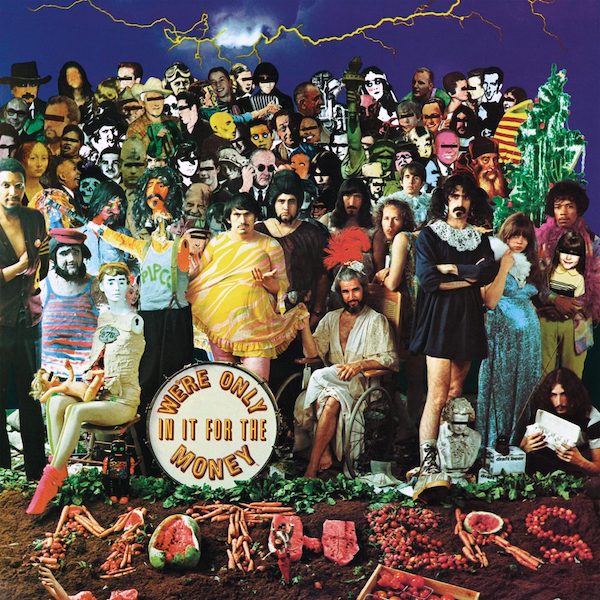
The Mothers of Invention, “We’re Only In It For The Money” (mono vinyl picture disk, Zappa Records BPR1232, 2018)
I listened to this album with the Classic PHONO preamplifier driving the Audio Technica VM610 mono cartridge. This is one of the many amazing reissues released by the Zappa estate in the last few years. Listening to it through the Classic PHONO preamplifier I heard a sonic dimension to this album I didn’t know existed, after hearing it only on CDs in the past. A lot of the material on this album comprises disparate tapes of widely varying musical or spoken-word performances, all stitched together into a surprisingly cohesive musical work of sonic art. But what the Classic PHONO preamplifier enabled me to hear was just how much low-level information is there that I’ve never heard, especially in the vocal vignettes like “Harry, You’re A Beast” and the recordings of Zappa speaking to himself in a recording studio about destroying his master tapes. As is typical of any Zappa record, the music can go from very quiet to very loud very suddenly, and there are always surprising and unexpected sounds seemingly coming out of nowhere, and the Classic PHONO preamplifier portrayed that energy very well. The final piece on the album, the musique-concrète piece “The Chrome Plated Megaphone of Destiny” had a startling energy and crispness to it. The VM610 isn’t the last word with low-level detail, but through the Classic PHONO preamplifier, it did find and play much more low-level detail in the vinyl than I expected, while also easily handling the frequent dynamic shifts between quiet and loud on this album.
I should point out that I wasn’t really listening in true mono because the Classic PHONO preamplifier does not have a mono option. Sure, that feature is becoming increasingly harder to find lately, but it sure would be nice to have in this already feature-rich component.
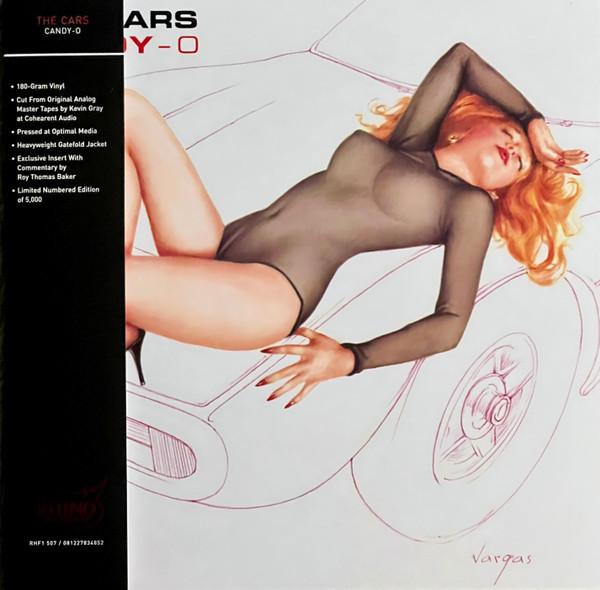
The Cars, “Candy-O”, (180g vinyl LP, Rhino Records RHF1 507, 2024)
I listened to this album with the Classic PHONO preamplifier driving the Audio-Technica VM760SLC cartridge. As Carlo Lo Raso mentioned in his review, the VM760SLC has a mildly boosted upper-end response, so I set the gain a bit lower on the Classic PHONO preamplifier and found a good synergy that way. But I believe it was that boosted upper-end response that really contributed to the playback of this album. The Rhino 180g reissue of this album is very good, and the VM760SLC helped me hear just how deep and layered the synthesizers are in this music; Greg Hawkes brought a lot of color and texture to the music that most people don’t experience until they listen to it through a good playback system. There were times I could pick out four or five different synthesizers at once, all filling out the music and giving it depth.
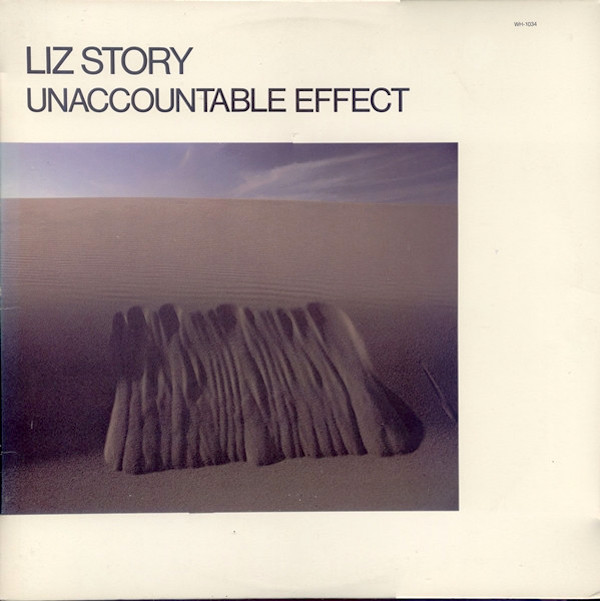
Liz Story, “Unaccountable Effect” (vinyl LP, Windham Hill records WH-1034, 1985)
This is pianist Liz Story’s second album and one of her more intimate performances. I listened to this album with the Zu Denon DL-103R cartridge, because I wanted to hear as much of the delicate low-level detail as possible, and the Classic PHONO preamplifier enabled the Denon cart to dig deep and reproduce aspects of the performance I’d never heard before. I was able to connect with Story on a much more human level because I could hear how she would vary the pressure with which she hit the keys or let the notes decay, which helped me understand the music better. I also better heard how notes floated and interacted with other notes and then decayed into the room’s acoustics, which brought me deeper into the experience.
Secrets Sponsor
The Classic PHONO preamplifier provides more than enough functionality, convenience, and transparent vinyl playback to justify its $2,395 MSRP. It’s even better when paired with a $1,300 Cyrus Audio PSX-R2 PSU.
- Played vinyl records with a satisfying sense of speed and transparency.
- Can be used with essentially any combination of cartridge, tonearm, or turntable.
- Its configuration controls are intuitive and easy to use.
- Its sound quality can be improved with the $1,300 Cyrus Audio PSX-R2 power supply.
- Pairs very well with the Cyrus Audio TTP Turntable and other Cyrus Audio components.
- A mono option
The Classic PHONO preamplifier easily accommodated any cartridge (or turntable or tonearm) I paired it with. It was very easy to configure, it was very easy to modify cartridge settings with its remote control, and it was very easy to forget it was even there when I was listening to an album. It provided fast and transparent analog sound with an organic wholeness that was in no way fatiguing. It sounded even better with a Cyrus Audio PSX-R2 PSU. And when paired with a Cyrus Audio PSX-R2 PSU and TTP Turntable I had an analog playing system I could easily live with for a very long time.


